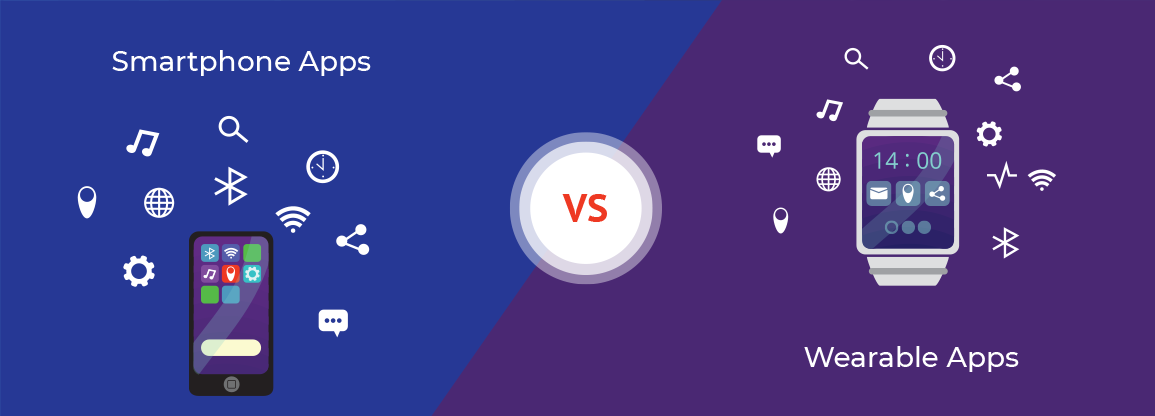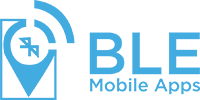What’s the Difference between Wearable Apps & Smartphone Apps?
- by BLE Mobile Apps

The wearable devices market is a vast arena and is witnessing exponential growth furthermore. It showed overall revenue of about $28 Billion in the year 2016 and is expected to be $34 Billion by the end of 2020. Wearable devices app development provides an excellent opportunity for growing entrepreneurs and businesses. The integral drivers in the wearable tech market are the apps that fuel these wearable gadgets and are referred to as wearable apps.
Wearable apps differ from typical mobile applications as the functions they execute are unique and creative. A great example of a wearable app is the activity tracker, which keeps track of the calories that you burn with the help of a wearable watch.
What is a wearable device?
A wearable device is a gadget that is worn on your body, and it connects to the internet like the heart monitor or VR headset. Examples include the Apple Watch, Google Glass, etc. They are responsible for detecting, receiving, and transmitting data.
Wearable devices work with an application and in tandem with other devices that send real-time data on an extravagant scale.
The significant differences between smartphones and wearable apps
Wearables differ from Smartphones in many significant ways. A desktop computer is stationed in one place. A mobile device is capable of being portable wherever you go, but not necessary. Wearables, on the other hand, can be planted in your eyes as contact lenses, worn around your arms as Smart Watches, or even organs as internal health monitors, stay with you wherever you go. The data they collect, send and carry out performances on a massive range.
-
Dimensions:
The most apparent contrast in wearables is the size of the display screen if there is one, and the whole device.
-
User Interaction:
The user experience is minimal and sometimes inexistent. In the case of a SmartWatch or a fitness band, you have a few functions that require little user input.
-
Functionality:
The hardware in the wearable is smaller and less powerful than the mobile device, with which much of the communication happens. Thus, the wearable devices apps used are either phone apps with limited functions available or customized wearable app development with some degree of usage.
-
Platform:
A mobile app can perform on a tablet or a smartphone. A wearable app is designed to communicate with apps present in a mobile device and typically needs both to carry out its intended task. It may be displayed less and performs only connecting the data it receives and sends it with other places. Many mobile applications made for Smartphones and tablets are not compatible with wearables either.
Wearables provide perpetual access to real-time information. Today, Wearables and wearable app development services are still in their nascent phase, but the market is proliferating. Even if you haven’t expanded your app’s compatibility to fit onto a smartwatch or any other wearable, it’s still something you might want to check out.
For custom wearable app development services, reach out to us: +1-408-400-3737
